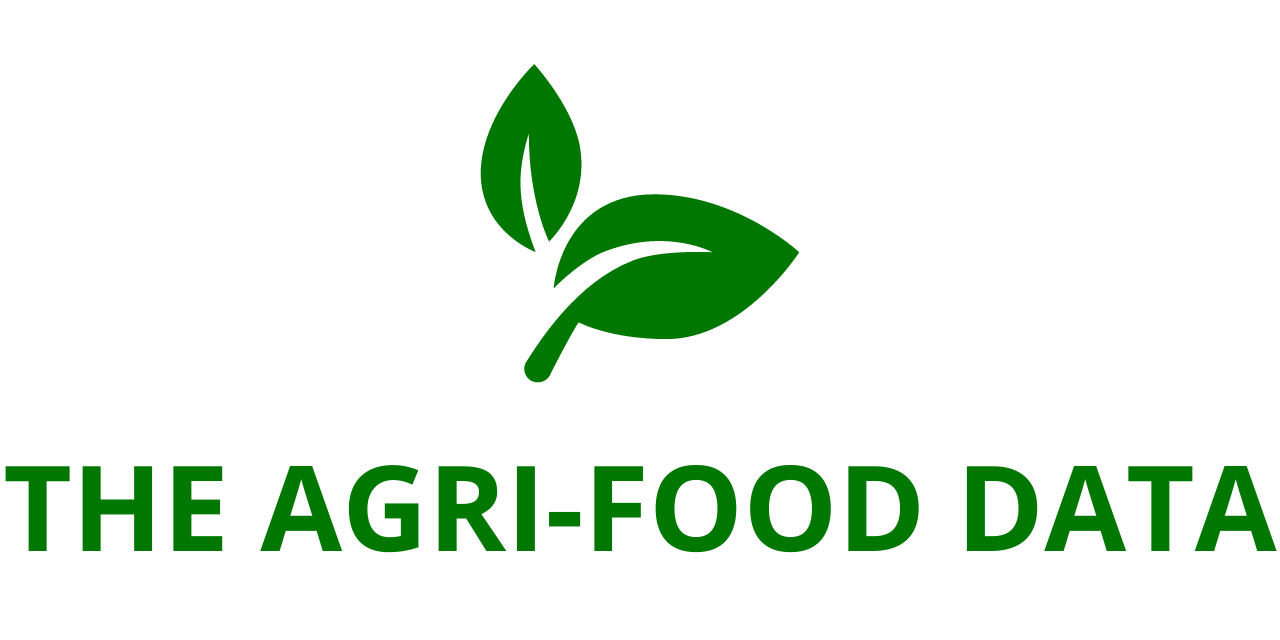
The comprehensive report titled “Dark Chocolate Market Global Report by Type, Application, Distribution Channel, Countries and Company Analysis 2025–2033” has been added to ResearchAndMarkets.com’s offerings, providing an in-depth analysis of the rapidly evolving dark chocolate industry. According to the report, the global dark chocolate market is projected to grow from USD 66.37 billion in 2024 to USD 130.58 billion by 2033. This represents a compound annual growth rate (CAGR) of 7.81% during the forecast period from 2025 to 2033.
This anticipated market growth is driven by several converging factors including increased consumer demand for premium chocolate offerings, expanding online retail networks, heightened awareness of health benefits, and a rising inclination toward clean-label and ethically sourced food products.
Key Market Drivers
1. Premiumization and Indulgence Trends
One of the primary growth drivers of the dark chocolate market is the growing demand for premium and luxurious chocolate products. Dark chocolate, known for its intense and bittersweet flavor, is increasingly associated with a refined palate and gourmet experience. This perception is enhanced by the unique flavor notes derived from different cocoa bean origins and varying cocoa content levels.
As consumers seek more indulgent experiences, the market has responded by diversifying product offerings. From dark chocolates with 70%, 85%, or even higher cocoa concentrations to artisanal creations infused with exotic ingredients such as sea salt, chili, or orange zest—brands are catering to a sophisticated audience willing to pay a premium for quality and uniqueness. Luxurious packaging and gift-worthy presentation have further elevated the appeal of dark chocolate as both a personal indulgence and a popular gift item.
2. Health and Wellness Awareness
The dark chocolate market is also benefiting from growing public awareness of health and nutrition. Unlike milk chocolate, dark chocolate contains higher levels of cocoa solids, which are rich in flavonoids, antioxidants, and essential minerals. These compounds are known to support cardiovascular health, reduce inflammation, and potentially enhance cognitive function and mood.
With wellness now central to many consumers’ food choices, dark chocolate is increasingly viewed as a permissible indulgence. It fits well within popular dietary patterns like the Mediterranean diet and is often recommended by nutritionists as a healthier alternative to more sugar-laden sweets. As such, demand continues to rise among health-conscious consumers looking to balance pleasure and wellness in their diets.
3. The Rise of Clean-Label and Natural Ingredients
Another trend influencing consumer behavior is the preference for clean-label products—those that contain natural, minimally processed ingredients and no artificial additives or preservatives. Dark chocolate’s relatively simple ingredient list often aligns with these clean-label expectations. Brands are capitalizing on this by promoting organic, non-GMO, and additive-free product lines that resonate with ingredient-savvy shoppers.
4. Boom in E-commerce and Online Retail
The proliferation of digital commerce platforms has played a pivotal role in making premium dark chocolate more accessible to a wider customer base. Consumers can now explore and purchase niche, artisan, or imported chocolate brands with just a few clicks. This has created new opportunities for brands to expand their reach and directly engage with their customers via digital channels.
Subscription boxes, personalized chocolate collections, and direct-to-consumer (DTC) models have become especially popular in this space. Enhanced logistics and delivery services further contribute to a seamless shopping experience, encouraging repeat purchases and fostering brand loyalty.

5. Ethical Sourcing and Sustainability Consciousness
A growing segment of consumers is also expressing concern about where and how their food is produced. Issues like child labor, unfair trade practices, and deforestation associated with cocoa farming have pushed sustainability and ethics to the forefront of the dark chocolate conversation.
As a result, more consumers are choosing brands that offer transparency in their sourcing practices. Certifications such as Fair Trade, Rainforest Alliance, and organic labels serve as critical decision-making factors for ethically minded buyers. Companies investing in direct trade relationships, community support for cocoa farmers, and environmentally sound farming practices are well-positioned to attract and retain socially responsible consumers.
Market Challenges
Despite its promising outlook, the dark chocolate industry faces several challenges that could impact its long-term sustainability and profitability.
1. Sustainability and Environmental Pressures
The demand for responsibly sourced cocoa continues to climb, but this comes with significant challenges. The cocoa industry has long been linked to ecological degradation, including deforestation and unsustainable farming practices. There is also growing scrutiny regarding child labor and the overall social conditions in cocoa-producing countries.
To meet both consumer expectations and regulatory requirements, companies must invest in sustainable sourcing and production models. This often means paying higher premiums for certified cocoa, investing in supply chain transparency, and participating in reforestation and community development programs. While beneficial in the long term, these efforts can significantly increase operational costs in the short term.
2. Raw Material Supply Instability
Cocoa, the primary ingredient in dark chocolate, is a commodity that is sensitive to climate fluctuations, pest outbreaks, and disease. Changes in weather patterns, particularly in cocoa-growing regions of West Africa, South America, and Southeast Asia, can severely impact crop yields. Such volatility leads to inconsistent supply and fluctuating prices, which pose significant risks for chocolate manufacturers.
Moreover, as demand for ethically sourced and organic cocoa grows, sourcing becomes even more complicated. These crops require more careful cultivation and often yield lower outputs, further straining supply chains and increasing production costs. Companies must navigate these complexities while maintaining competitive pricing and consistent product quality.
3. Rising Production Costs
As companies adopt more sustainable practices, ensure ethical labor conditions, and source higher-quality ingredients, the cost of production naturally rises. Balancing these costs while remaining affordable and accessible to a broad customer base is a growing challenge. Premium positioning helps mitigate some of these concerns, but for brands targeting mid-market or mass-market segments, pricing pressures are a real concern.
Final Thoughts
The global dark chocolate market is poised for robust growth through 2033, driven by strong demand for premium products, increasing health consciousness, ethical consumption trends, and the rise of digital retailing. However, companies must remain agile and proactive in addressing the challenges posed by sustainability demands, raw material sourcing, and production cost management.
Brands that can combine indulgence with ethical integrity and health benefits are expected to emerge as leaders in this evolving market landscape. As consumers continue to seek products that align with their values and lifestyles, the dark chocolate sector holds tremendous potential for innovation, impact, and sustained success.
Let me know if you’d like this formatted into a report or slide deck format!






